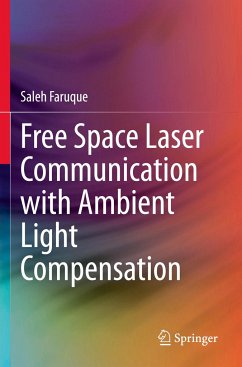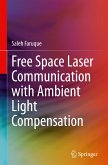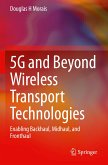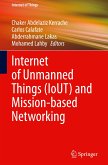This book addresses 5G network capacity requirements with a new architecture for 5G Optical Backhaul Network. The author first describes the challenges for 5G backhaul network requirements and then the details of an Optical Backhaul Network for 5G. The author describes an architecture, in which small cells deploy as a cluster (i.e., 3-5 small cells in one cluster), where one small cell works as an aggregation point using an optical transceiver to backhaul the aggregated traffic to the nearest optical network unit, before it then goes to the core network. This book also illustrates the optical link budget analysis that can be used to determine the availability and the performances of the optical backhaul link in different deployment scenarios and different weather conditions.
Provides a single-source reference to the basics of free space laser communication with ambient light compensation;Offers timely information, blending theory and practice;Written to be accessible to readers with varying backgrounds, including numerous illustrations;Provides hands-on experience through practical examples, which can be put to work to deploy and optimize cellular networks.
Provides a single-source reference to the basics of free space laser communication with ambient light compensation;Offers timely information, blending theory and practice;Written to be accessible to readers with varying backgrounds, including numerous illustrations;Provides hands-on experience through practical examples, which can be put to work to deploy and optimize cellular networks.








